5 Different Uses for a Rangefinder (with Pictures)
Last Updated on
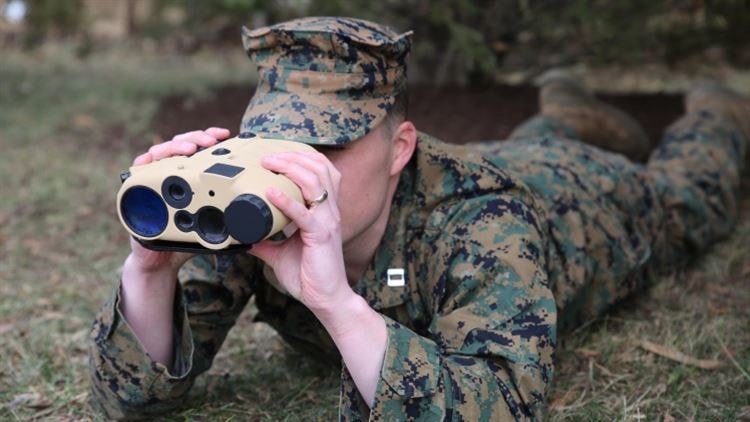
Most modern rangefinders use laser technology to give accurate distance measurements. While it’s possible to use trigonometry to make distance calculations, most people who use rangefinders for sports or photography rely on technology to make the job easier.
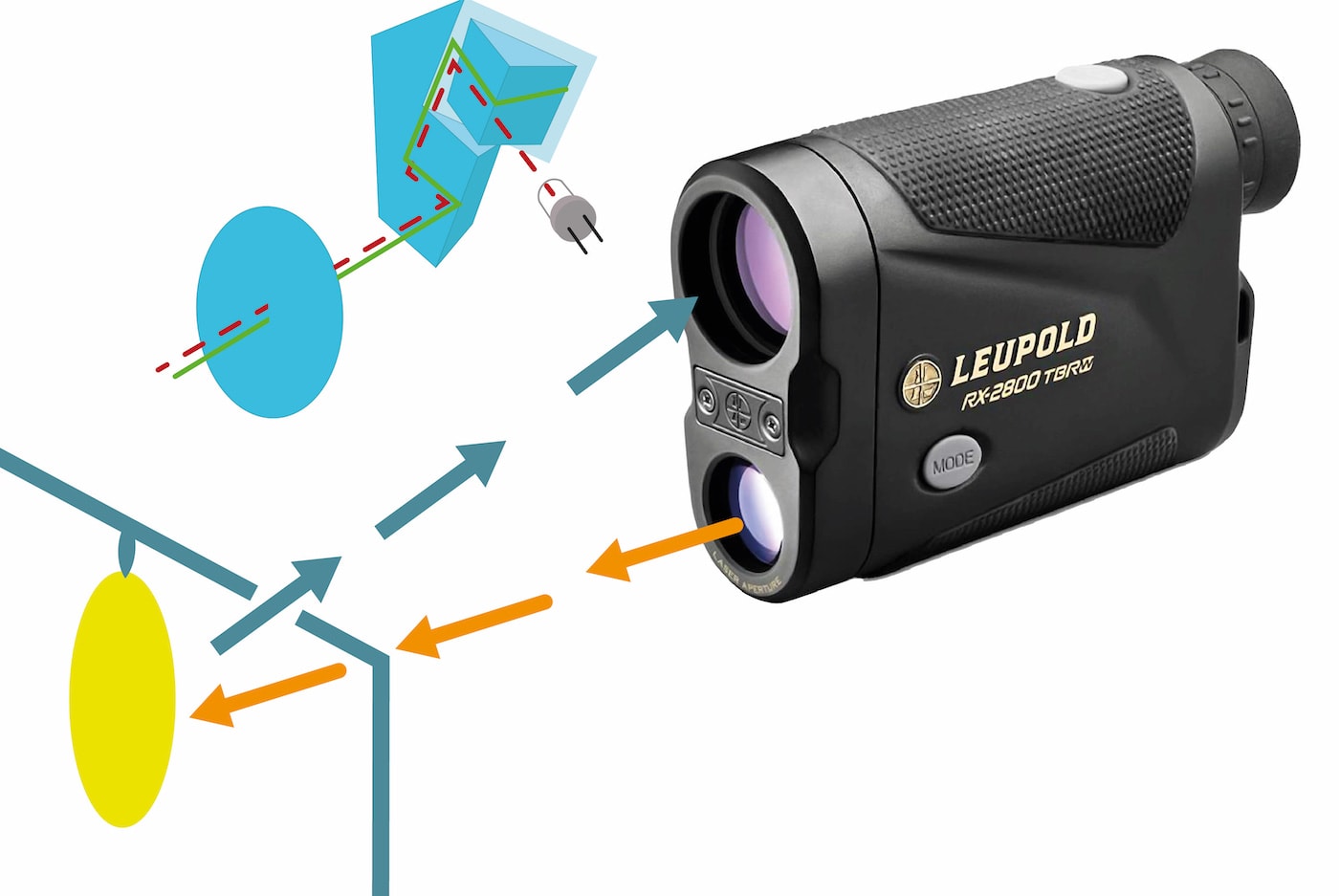
But what are all the most practical applications for using a rangefinder? If you own a rangefinder, you can use it for versatile applications. Read our brief guide below to learn how to get the best use from your device.
1. Golf
One of the most popular applications for a rangefinder is using it to gauge distance on a golf course. Several manufacturers build golf-specific rangefinders designed to seek out the flag on the green. You won’t want to fall back on a hunting rangefinder, as they’re designed to target distance, which won’t always be what you’re aiming for. You can also find rangefinders with adjustable distance to help bridge the gap and give you more versatility. Some courses even provide mapping that you can capture using a GPS rangefinder. While this can come in handy, you won’t be able to use it successfully on every course.
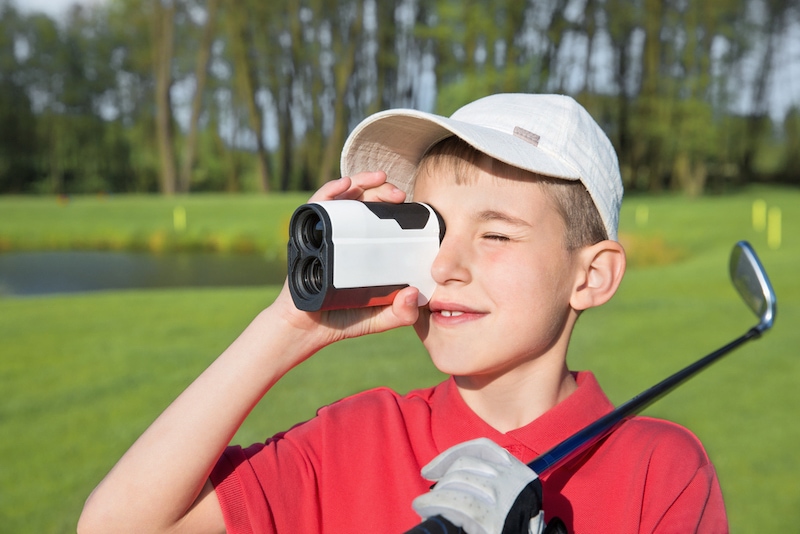
2. Hunting
Another top application for a rangefinder is hunting. Judging distance in any setting can be challenging, but especially so when you’re in a forest surrounded by obstacles and different lighting and weather scenarios. It’s a good idea to range your hunting ground first thing for target accuracy, and because it’s more difficult to quickly range a moving object. Find a solid landmark, range it, then take a couple of practice shots to get oriented. You can also use ribbons or flags to demarcate distance before you get started. There are many top-notch hunting rangefinders especially made for this purpose that you can try.
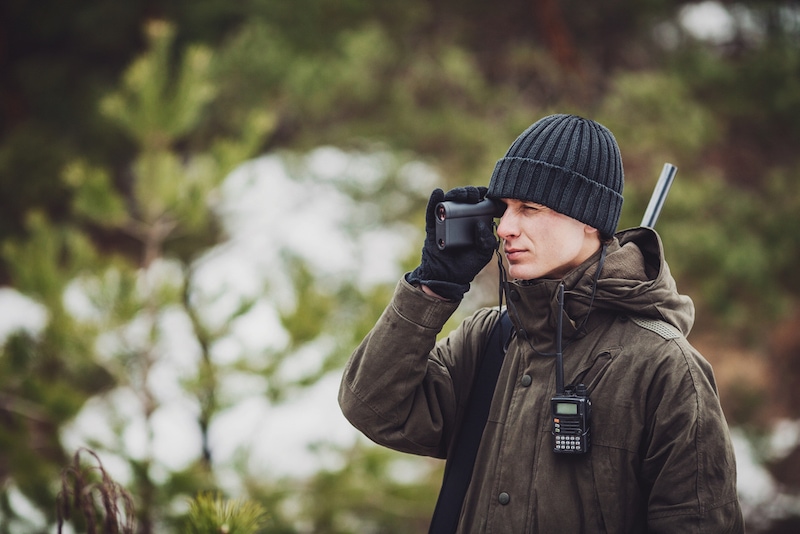
3. Target Shooting
A great way to improve your shot accuracy is to practice with target shooting. And there’s no better way to build distance intuition than by using a rangefinder while you do it. This is also a great tool for sighting-in your scopes before you go out hunting. Try setting up targets at different ranges using your spotting scope ahead of time so you can get a feel for the difference in aim and timing. Be careful choosing a rangefinder if you’ll be doing long-distance shooting. You’ll need to make sure you have a device that’s programmed for longer distances to avoid mistakes.

4. Archery
Bowhunting adds an extra challenge due to the arching trajectory of a fired arrow. For practicing with a crossbow, you can mount a rangefinder to the top and sight your target before firing. This may not be best in the field, however, as game will be sensitive to the increased movement of lifting and lowering your bow as you sight. As with any hunting or target shooting, it’s a good idea to scope the area first and get an idea of the distances to certain landmarks, such as trees or shrubs, so you don’t have to try to range while game is moving in front of you.

5. Photography
It may come as a surprise to you, but rangefinder technology is a great way for photographers to gauge the perfect shot. Rangefinder cameras are fully manual, which can be tricky to learn for the novice. They’ll require you to understand the dynamics of ISO, shutter speed, and lens aperture in finding the best shot at any given distance. While this can take some practice and education, the precision you can acquire from a rangefinder camera can be rewarding.
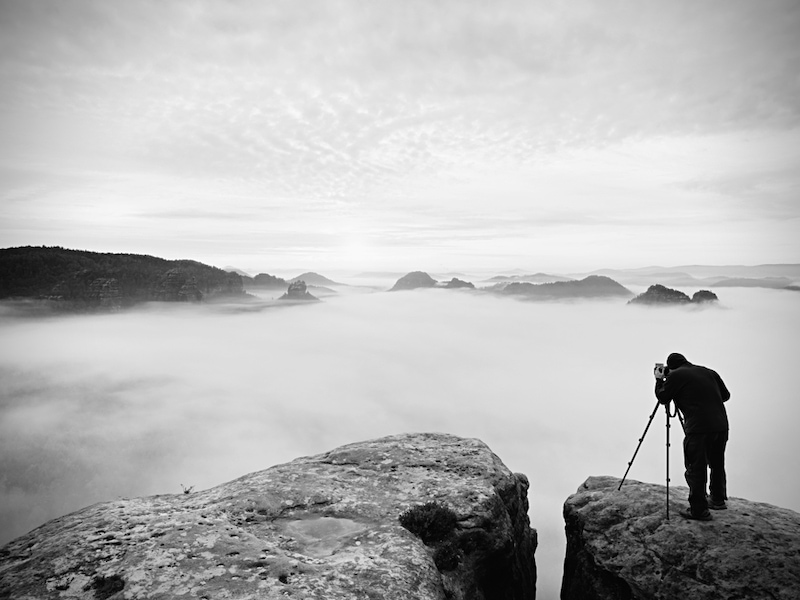
Related reads:
Conclusion
The list goes on, but the 5 activities above are the most common use of rangefinder technology. In assessing how to use a rangefinder for each sport or activity, it’s clear that no matter what you’re doing, practice is key to getting the best use from your device. To help you choose which rangefinder to use for which activity, check out our article on How Rangefinders Work so you can get a clearer picture of what kind of technology will best suit your needs.
Note: we also recently reviewed dozens of laser rangefinders. You can see our favorite picks for under $150 here.
Featured Image Credit: Mathuel Browne, Marine Corps Systems Command
About the Author Robert Sparks
Robert’s obsession with all things optical started early in life, when his optician father would bring home prototypes for Robert to play with. Nowadays, Robert is dedicated to helping others find the right optics for their needs. His hobbies include astronomy, astrophysics, and model building. Originally from Newark, NJ, he resides in Santa Fe, New Mexico, where the nighttime skies are filled with glittering stars.
Related Articles:
Monocular vs Telescope: Differences Explained (With Pictures)
How to Clean a Refractor Telescope: Step-by-Step Guide
How to Clean a Telescope Eyepiece: Step-by-Step Guide
How to Clean a Rifle Scope: 8 Expert Tips
What Is a Monocular Used For? 8 Common Functions
How to Clean a Telescope Mirror: 8 Expert Tips
Brightfield vs Phase Contrast Microscopy: The Differences Explained
SkyCamHD Drone Review: Pros, Cons, FAQ, & Verdict
